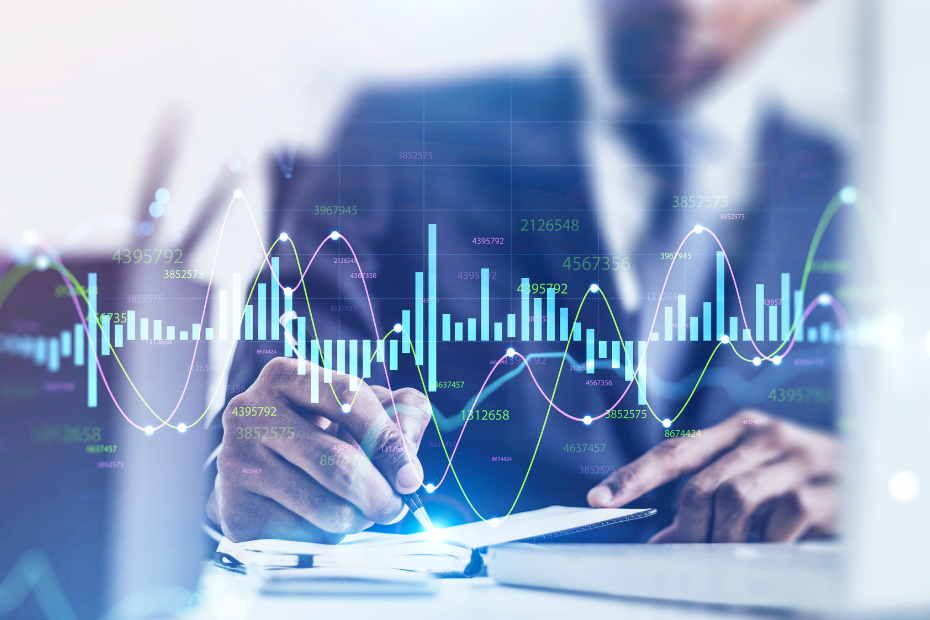
Backtesting is a critical component of trading system development, allowing traders to evaluate the performance of their strategies using historical market data. By simulating trades over past Read More
Understanding Backtesting:
Backtesting involves testing a trading strategy against historical market data to evaluate its performance and potential profitability. Traders use backtesting software or platforms to simulate trades based on predefined rules and criteria, including entry and exit signals, position sizing, and risk management parameters. Backtesting allows traders to assess the historical performance of their strategies, identify strengths and weaknesses, and refine their approaches to achieve better trading results.
Key Elements of Backtesting:
1. Data Selection and Preparation:
The first step in backtesting is selecting high-quality historical market data that accurately reflects the trading environment and conditions relevant to the strategy being tested. Traders should ensure the data is clean, accurate, and free from errors or gaps that could distort results. Data preparation may involve adjusting for dividends, splits, and other corporate actions to maintain data integrity.
2. Strategy Development and Implementation:
Traders develop trading strategies based on their market analysis, trading objectives, and risk tolerance. Strategies may incorporate technical indicators, fundamental analysis, or quantitative models to generate trade signals and determine entry and exit points. Once a strategy is defined, traders implement it in the backtesting software and configure parameters such as timeframes, asset selection, and risk management rules.
3. Performance Evaluation Metrics:
Traders use various performance evaluation metrics to assess the effectiveness and profitability of their trading systems during backtesting. Key metrics include profitability measures such as net profit, return on investment (ROI), and profit factor, as well as risk-adjusted metrics like the Sharpe ratio, drawdowns, and maximum consecutive losses. These metrics provide valuable insights into strategy performance and help traders gauge risk and reward characteristics.
4. Optimization Techniques:
Optimization involves fine-tuning strategy parameters to improve performance and maximize profitability. Traders use optimization techniques such as parameter sweeps, genetic algorithms, or optimization algorithms provided by backtesting platforms to identify optimal parameter values that yield the best results over the historical data period. However, traders should exercise caution to avoid overfitting the strategy to past data, which may lead to poor performance in live trading.
5. Sensitivity Analysis:
Sensitivity analysis involves testing the robustness of a trading strategy by varying key parameters and assessing their impact on performance. Traders analyze how changes in parameters such as stop-loss levels, profit targets, or entry conditions affect strategy outcomes and adjust accordingly to optimize performance under different market conditions. Sensitivity analysis helps traders identify the most critical parameters and fine-tune their strategies for improved consistency and reliability.
6. Walk-Forward Testing:
Walk-forward testing is a dynamic approach to backtesting that involves periodically re-optimizing trading strategy parameters based on rolling windows of historical data. Traders divide the historical data into multiple segments, optimize the strategy parameters on a training period, and then validate the optimized parameters on a forward test period. Walk-forward testing helps traders adapt to changing market conditions and validate strategy robustness in real-time.
Conclusion:
Backtesting is a vital tool for traders to evaluate and optimize their trading systems, allowing them to make data-driven decisions and achieve better trading outcomes. By rigorously testing strategies against historical market data, traders can identify strengths and weaknesses, refine their approaches, and improve performance over time. Effective backtesting involves careful data selection, strategy development, performance evaluation, optimization techniques, sensitivity analysis, and walk-forward testing. As traders embrace the backtesting bonanza, they unlock the potential to enhance trading profitability, minimize risk, and achieve greater success in the dynamic and competitive world of financial markets.












